cover seeds, do not cover, cover lightly
pippi21
14 years ago
Featured Answer
Sort by:Oldest
Comments (38)
silverkelt
14 years agolast modified: 9 years agodeanna in ME Barely zone 6a, more like 5b
14 years agolast modified: 9 years agogardenluv
14 years agolast modified: 9 years agohdiperna
14 years agolast modified: 9 years agoaliska12000
14 years agolast modified: 9 years agofloodthelast
14 years agolast modified: 9 years agoontheteam
14 years agolast modified: 9 years agoaliska12000
14 years agolast modified: 9 years agoclc70
14 years agolast modified: 9 years agokqcrna
14 years agolast modified: 9 years agoaliska12000
14 years agolast modified: 9 years agoprairiemoon2 z6b MA
13 years agolast modified: 9 years agogardenunusual
13 years agolast modified: 9 years agocountrycarolyn
13 years agolast modified: 9 years agoprairiemoon2 z6b MA
13 years agolast modified: 9 years agocountrycarolyn
13 years agolast modified: 9 years agoprairiemoon2 z6b MA
13 years agolast modified: 9 years agopippi21
13 years agolast modified: 9 years agomnwsgal
13 years agolast modified: 9 years agoprairiemoon2 z6b MA
13 years agolast modified: 9 years agoladyrose65
13 years agolast modified: 9 years agopippi21
13 years agolast modified: 9 years agogardenunusual
13 years agolast modified: 9 years agogardenweed_z6a
13 years agolast modified: 9 years agotrudi_d
13 years agolast modified: 9 years agopippi21
13 years agolast modified: 9 years agokqcrna
13 years agolast modified: 9 years agoprairiemoon2 z6b MA
13 years agolast modified: 9 years agokimka
13 years agolast modified: 9 years agoceleegra
13 years agolast modified: 9 years agoprairiemoon2 z6b MA
8 years agobellarosa
8 years agoduane456
8 years agoprairiemoon2 z6b MA
8 years agolast modified: 8 years agoUser
8 years agoponyexpress_1
8 years agoHU-929606333
3 years ago
Related Stories

GROUND COVERSGround Force: 10 Top Ground Covers for Your Garden
Protect your soil from weeds and drought this summer with a living mulch of ground covers
Full Story
GARDENING GUIDES6 Native Ground Covers for Tough, Dry Spots
Sun beating down on your sandy gravel? Thick shade darkening your clay soil? There’s a ground cover here for you
Full Story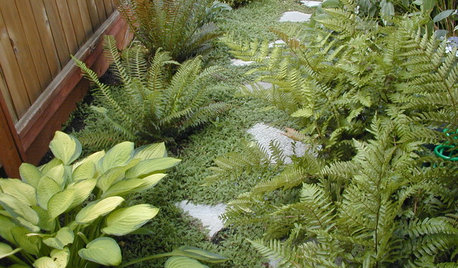
LANDSCAPE DESIGN6 Great Ways With Garden Ground Covers
Use them as problem solvers, weed killers, color and texture providers ... ground cover plants have both practical and visual appeal
Full Story
GARDENING GUIDESGreat Design Plant: Bugle Weed, a Quick Ground Cover
It’s highly adaptable, suppresses weeds, reduces erosion and provide weeks of bright flowers. Just watch for invasiveness
Full Story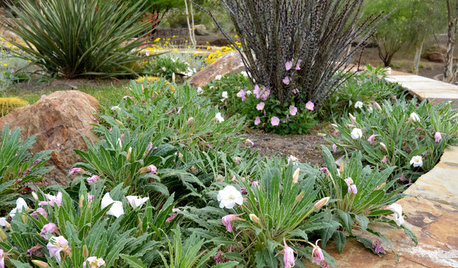
GARDENING GUIDES10 Native Ground Covers for Southwestern Landscapes
Create a carpet of color in your landscape with one or more of these sun-loving plants
Full Story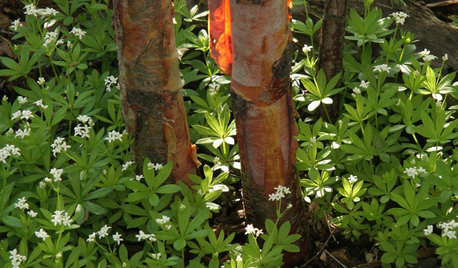
GARDENING GUIDES6 Deer-Resistant Ground Covers to Plant This Fall
Learn about some of the only low, spreading plants that are reliably deer-resistant
Full Story
WINDOWSAwkward Windows and Doors? We've Got You Covered
Arched windows, French doors and sidelights get their due with treatments that keep their beauty out in the open
Full Story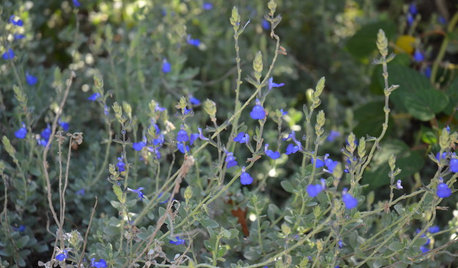
GARDENING GUIDESGermander Sage Makes a Versatile Flowering Ground Cover
Light up drought-tolerant gardens, and attract butterflies and hummingbirds, with Salvia Chamaedryoides’ vibrant blue blooms
Full Story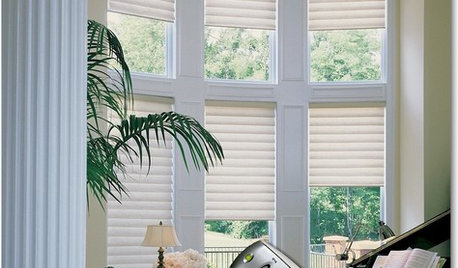
WINDOW TREATMENTSSmall Luxuries: Motorized Window Coverings Offer Benefits to All
Free yourself from the mess of cords and the bother of blind rods. Motorized blinds and drapes make managing natural light easy
Full Story
LIFEReading in Bed Comes Out From Under the Covers
No more sneaking a flashlight beneath the sheets. Grown-up bedtime reading deserves grown-up lighting and other bedside amenities
Full Story





littleonefb